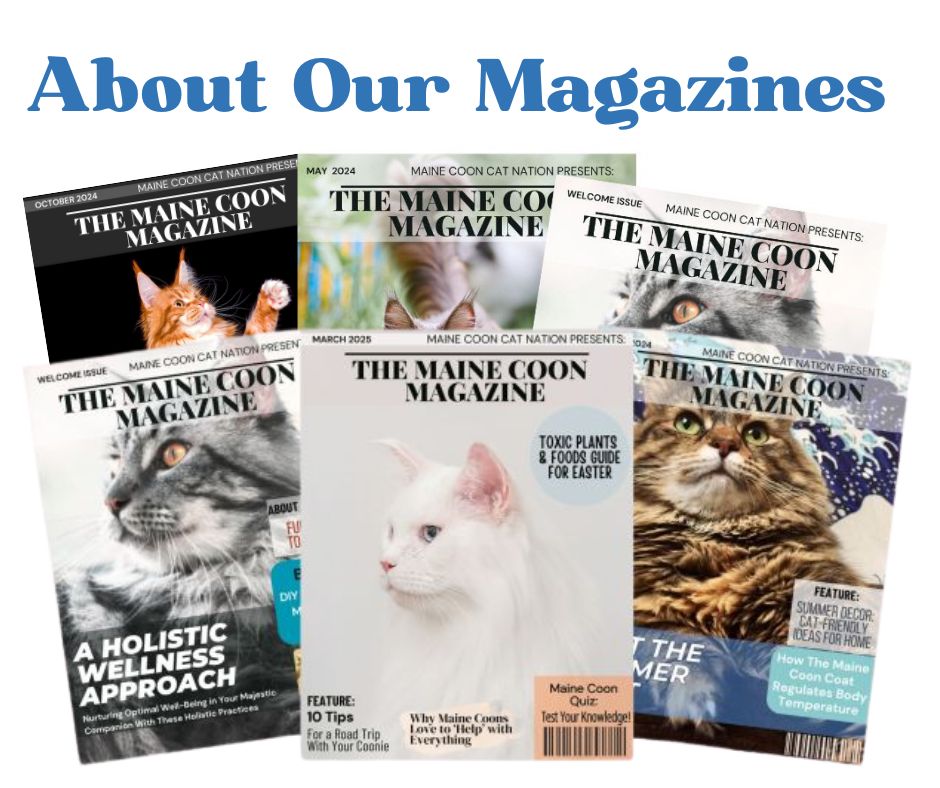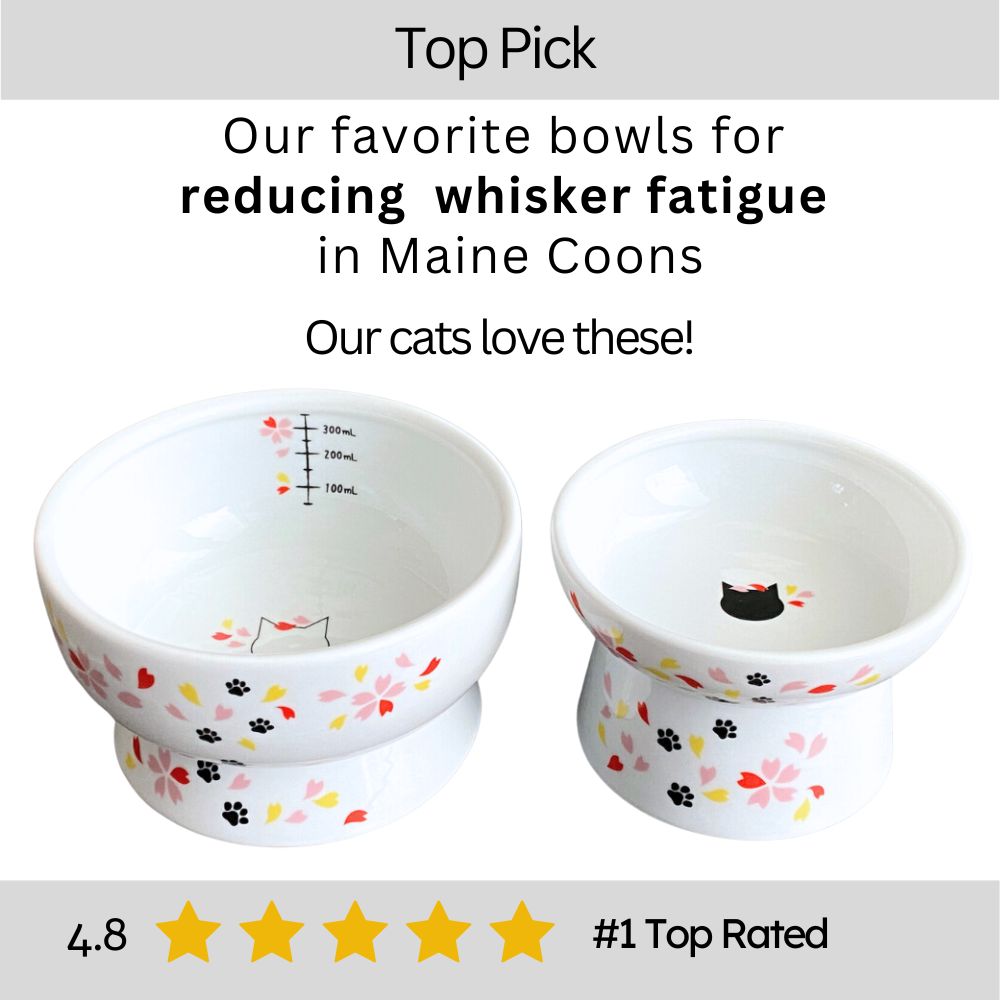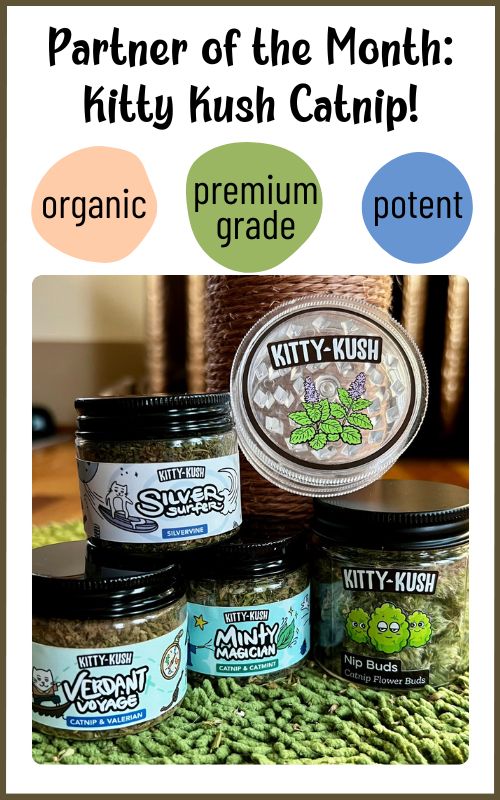- Home
- Maine Coon Food
- Cat Food Ingredients
Disclosure: this site is reader-supported. When you buy through links on our site, we may earn a small commission, at no extra cost to you.
Cat Food Ingredients Guide
The Good, The Bad, And The Ugly!
It can be confusing, trying to decipher all those mysterious cat food ingredients. We all want the best for our pets, including the best cat food.
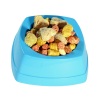
Judging a food by its cover can be dangerous, since so many claim to be the "best", "healthiest", or "all-natural". Here are lots of ingredients, and what they mean.
Going to the pet store for your cat food is a good idea, but even the pet store will offer a range of quality.
You can learn about ingredients, or just ask for advice right at the pet store. A simple guideline is that the low-quality ingredients will be found in the lower cost food.
They will contain some cat food ingredients you might not want to think about. Here are a few which have been defined by The Association of American Feed Control Officials (AAFCO):
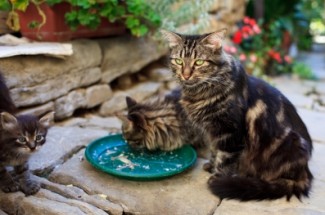
Cat Food Ingredients To Avoid:
Chicken-By-Products:
Chicken by-products consist of the rendered, clean parts of the carcass of slaughtered chicken, such as heads, feet, viscera (also known as innards, or offal).
Chicken-By-Product Meal:
Chicken by-product meal is the dry, ground, parts of the carcass, such as necks, feet, undeveloped eggs, and intestines.
You'll want to steer clear from the cat food ingredients above, for obvious reasons. Some are quick to point out that when a cat catches and eats it's prey, he eats the whole thing, not just the "white meat".
But, a cat would not choose to primarily eat those parts day in and day out, skipping over the quality meat. That would not provide the nutrition their body needs.
This subject wouldn't be complete unless we mention that the process by which the parts are rendered and marked as unfit for human consumption is enough to turn the stomach of most people.
Corn Meal:
Corn meal is the entire corn kernel, finely ground.
Corn Gluten Meal:
Corn gluten meal is the dried residue from corn after the removal of the larger part of the starch and germ, and the separation of the bran by the process employed in the wet milling manufacture of corn starch or syrup, or by enzymatic treatment of the endosperm.
Wheat Gluten:
Wheat gluten is the tough, viscid nitrogenous substance remaining when wheat is washed to remove the starch.
Corn and wheat in any form are cheap fillers and are very difficult for a cat to digest. They are highly allergenic, and wheat gluten can stick in the intestines. Cats can develop Irritable Bowel Syndrome as a result, as well as vomiting issues. These two ingredients should be completely avoided.
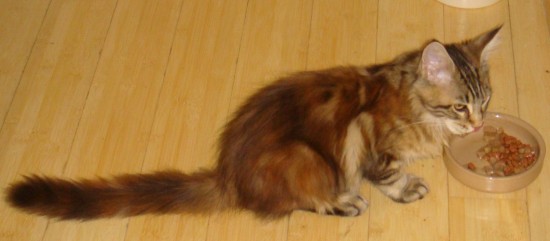
Good Cat Food Ingredients To Look For:
Chicken:
Real chicken meat, imagine that! An excellent source of protein and nutrition for cats.
Chicken Meal:
Chicken meal is the dry, cooked down product from a combination of clean flesh and skin with or without accompanying bone, from the parts of whole carcasses of chicken. It does not include feathers, heads, feet, or entrails.
Fish Meal:
Fish meal is the clean, rendered (cooked down), dried ground tissue of un-decomposed whole fish or fish cuttings, either or both, with or without the extraction of part of the oil.
Rice
Rice Flour:
This is essentially milled rice.
Barley
Barley Flour:
Milled barley
These ingredients may be found in higher-quality cat food. Just make sure any carbohydrate source, such as rice or barley, is at least second, if not third or more on the list of ingredients. Protein is most important.

Some high quality organic or holistic cat foods even add fruits and vegetables (cranberries, for instance) as a means of providing antioxidants.
And although it's true that cats in the wild wouldn't go berry-picking, they do eat stomach contents of their prey.
So it's absolutely fine, even beneficial, for them to eat these types of cat food ingredients in moderation.
Wading through the sea of choices can be a daunting task. Armed with a little knowledge about cat food ingredients, you'll be able to make the right choice for your cat and your family.
Recent Articles
-
Today's Features
Apr 16, 25 09:54 PM
Today we have two classic Memory Lane pages to share!
Murphy & Candy Cane: Double the Maine Coon Charm - This adorable Maine Coon duo from our 2011 Photo Albums - Murphy and Candy Cane - brought doubl… -
Memory Lane Month Begins!
Apr 15, 25 10:22 PM
We're thrilled to start our "Memory Lane Month" event by visiting some cherished moments from our community! We're in the process of restoring meaningful community stories like this one, to preserve t… -
Will a Maine Coon Protect Its Owner From Danger or an Intruder?
Apr 09, 25 10:41 PM
Plenty of people are curious: Will a Maine Coon protect its owner if something happens? Let’s talk about what this means, and what kind of protector a Coonie is.
